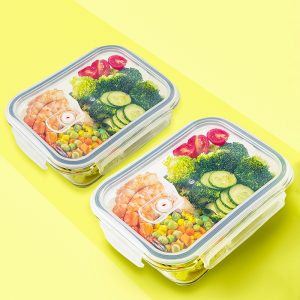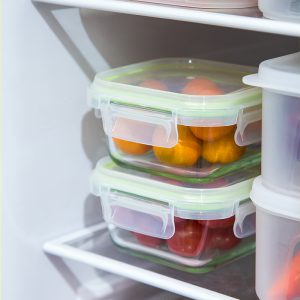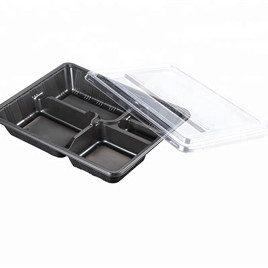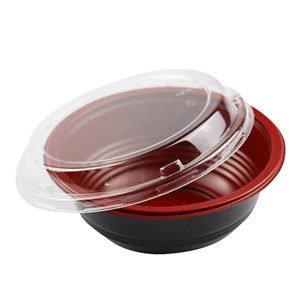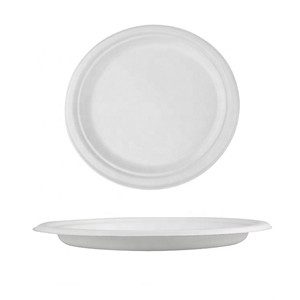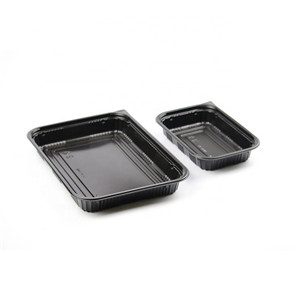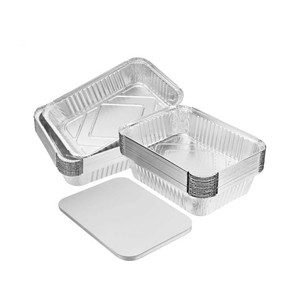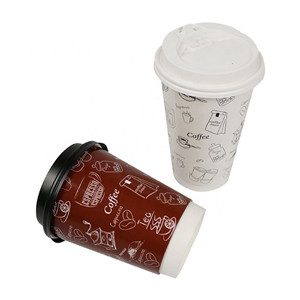Some food packaging is strong and has anti-counterfeiting labels, which protect the interests of businesses from loss. The packaging bag can have laser marking, special color, SMS authentication and other labels. In addition, in order to prevent theft, retailers have affixed electronic surveillance labels on food packaging bags, waiting for consumers to get them at the outlet of the store for demagnetization. A single package helps to accurately control the overall situation. For example, you can know the stock of salt in the package. It also makes it easy to calculate sales, such as the delivery and recycling of milk bottles by dairy companies, instead of letting consumers fill them themselves. The quality of food packaging bags in the flexible packaging industry, especially the hygienic quality, is directly related to the safety of the packaged food. Therefore, it is necessary to ensure that the raw materials and additives used meet the quality requirements of the management system. It is necessary to improve the industry and national standards of packaging film bags and strictly implement them, strengthen inspection and supervision of food packaging, prevent unqualified food packaging from entering the market, and strengthen management to ensure the healthy development of the flexible packaging industry.
The inspection items of food packaging single film bags are mainly divided into the following categories: the appearance should not have defects such as bubbles, perforations, water lines, violent tendons, poor plasticization, and fish-eye stalemates that hinder the use. The specification, width, length and thickness deviation should be within the specified range. The physical and mechanical properties include tensile strength and elongation at break, which reflect the ability of the product to be stretched during use. If this item is unqualified, the food packaging bag is prone to cracking and damage during use.
Once upon a time, the quietly emerging plastic packaging bags replaced the “vegetable baskets” and “cloth pockets” in people’s hands. But we see that while it brings convenience to people, there are also many hidden dangers. In recent years, the safety issues of food packaging materials have become increasingly prominent. Through observation, we can see that the early stall owners used white plastic bags without any signs to pack foods such as fried dough sticks, porridge, and steamed buns. Foods such as stir-fries and cooked food for take-out in restaurants, hotels, supermarkets, etc. are also packaged in the same way; vegetable markets, The packaging bags used by the fruit stall owners are almost all colored plastic bags; while the plastic bags used by the fish farmers are almost all black, you can smell the strange smell from the plastic bags from a distance.
Experts point out that food, especially cooked food, is often easily spoiled after being packaged in inferior plastic bags. After people eat such spoiled food, it is easy to cause food poisoning symptoms such as vomiting and diarrhea. In addition, the plastic itself releases harmful gases, and the gas concentration increases with the increase of sealing time and temperature, causing the food in the bag to be contaminated to different degrees. The residual potential carcinogenic vinyl chloride monomer in PVC, or polyvinyl chloride resin, exceeds national standards, or processing aids that are banned in food packaging materials are used. It can be seen that blindly using plastic bags to package food is harmful to health.
my country’s “Food-Used Plastic Products and Raw Materials Hygiene Management Measures” promulgated in 1990 stipulated that recycled plastics must not be used for processing plastic food utensils, containers, and food packaging materials; food-use plastic products must be marked with “food use” in a conspicuous place Typeface. However, some of the plastic bags currently used on the market are “three-nos” products, many of which are made of recycled plastics. Such plastic bags directly contact food and harm human health, but because of their low price, they are still on the market. Popular.”
It is understood that the “General Rules for Prepackaged Food Labeling GB7718-2004”, one of the national standards for food packaging labeling recently enforced by the country, implements mandatory product certification management for food packaging products including lunch boxes, plastic bags, and beverage packaging. System, namely 3C certification, all food packaging materials must be certified before they can be put on the market to ensure the safety of food consumption links.
Here, the quality supervision department reminds consumers: When choosing food packaging bags, they should see whether there are Chinese signs and 3C certification marks on the outer packaging of the food packaging bags, otherwise they cannot be used to package food. Consumers should master the following three simple methods for identifying food plastic packaging bags: First, the color of food plastic packaging bags should be white. Colored plastic packaging bags should not be used to package directly imported foods. Special attention should be paid to peculiar smells; The second is that the plastic bag for food has good texture, smooth feel, and the sound is loud when shaking with hands, and it can float on the water when placed in water; the third is that the plastic bag for food is flammable when exposed to an open flame, and has the smell of burning wax or petroleum, and is not pungent. Spicy, it can continue to burn after leaving the fire.
